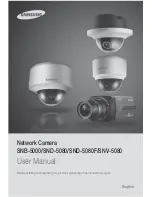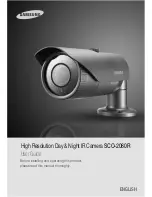
V1.02
Thom Hogan’s Complete Guide to the Nikon D300
Page 51
The D300’s sensor (the area
surrounded by the black rubber
frame). This shot was taken by
dissecting a D300 and removing the
sensor board. I’ve removed the low-
pass filter that sits in front of the sensor.
Any dust or dirt that gets into the
mirror box (behind the lens) seems to
ultimately work its way and attach itself
to the filter that sits in front of the
sensor. Unlike some of the earlier
Nikon bodies where the frame holding
the sensor came right up to the imaging
area, there’s enough room in the D300
to get a Sensor Swab or SensorBrush
off the imaging area when cleaning.
Moreover, the D300 has a self-cleaning
sensor, which uses a shake technique
to remove dust automatically. See
“Keeping the Sensor Clean” on page
<692>.
Many newcomers to digital photography are confused by the
published information about imaging sensors. Here are the
key specifications for the D300 and other recent Nikon DSLR
models:
Sensor Specifications (Size)
Camera
Size “ (mm) Photosite
Size
D70/D70s .93 x .61” (23.7 x 15.6mm) 7.8 microns
D100
.93 x .61” (23.7 x 15.6mm) 7.8 microns
D200
.93 x .62” (23.6 x 15.8mm) 6.05 microns
D300
.93 x .61” (23.7 x 15.6mm) 5.49 microns
D2h/D2hs .93 x .61” (23.7 x 15.6mm) 9.4 microns
D2x/D2xs .93 x .62” (23.7 x 15.7mm) 5.49 microns
D3
1.42 x .94” (36 x 23.9mm) 8.46 microns
Nikon now refers to all the ~24x16mm sensors they use as
DX (and in Japan you’ll sometimes see them referred to as
















































